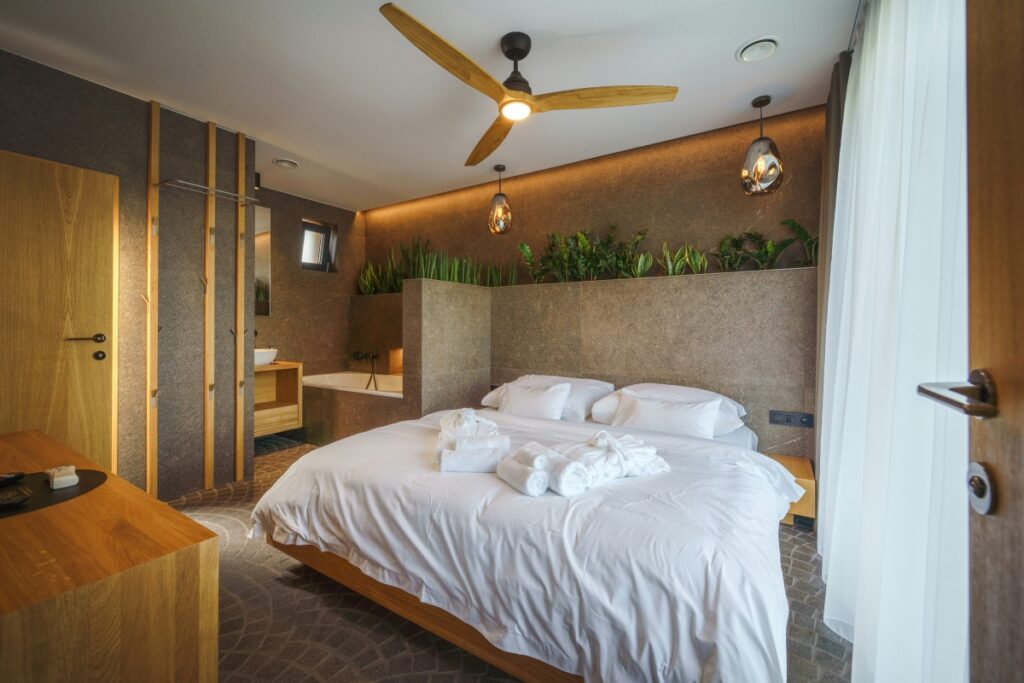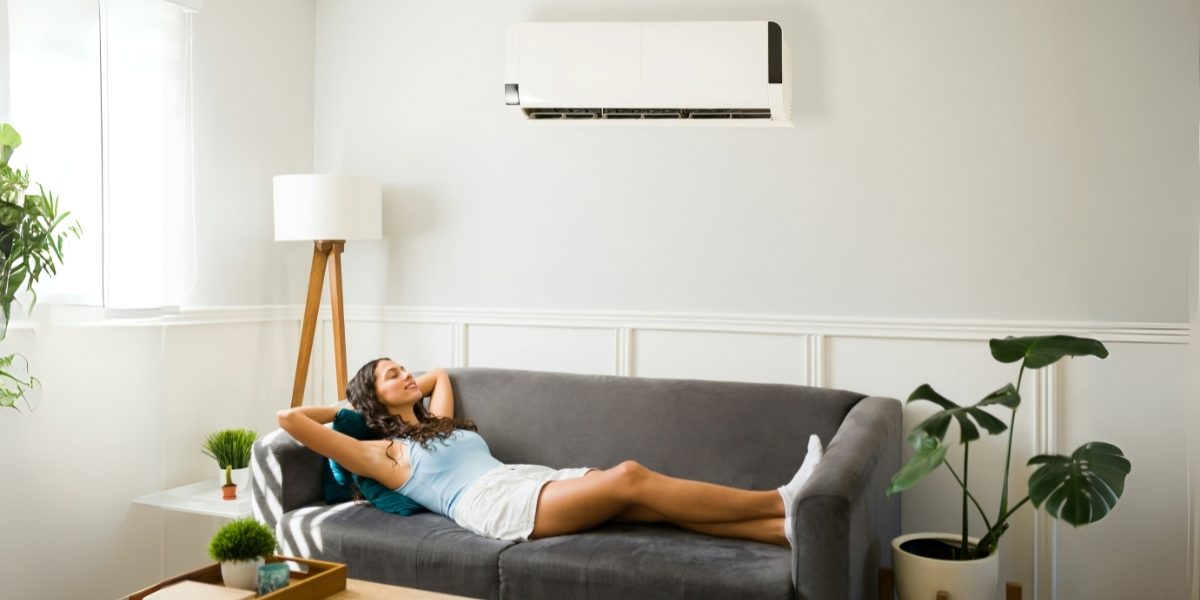Have you ever noticed how your electricity bill seems to skyrocket when you turn on your air conditioning? You’re not alone. Roughly millions of homeowners face the same dilemma every summer: melt in the heat or watch their hard-earned money float away with every cool breeze from the vents. But staying comfortable in your home shouldn’t mean choosing between your wallet and your well-being.
You don’t have to suffer through sticky, sweaty days or drain your bank account to keep your living space pleasant. Read on, as this article will share with you some thoughtful and practical ways to slash your cooling costs while maintaining the ideal indoor temperature.
Optimize Your Thermostat Settings
Adjusting your thermostat is an easy way to reduce energy usage. Setting the thermostat to 78°F (26°C) when you’re home and a few degrees higher when you’re away can make a significant difference. A programmable or smart thermostat is an excellent tool for maintaining an energy-efficient cooling schedule. They allow you to set temperature changes based on your daily routine, aiming your HVAC system to run only when needed.
Upgrade to an Energy-Efficient AC Unit
If your air conditioner is over 10-15 years old, consider upgrading to a newer, energy-efficient model. Modern AC units are designed to use less energy while providing better cooling performance. Look for models with a high Seasonal Energy Efficiency Ratio (SEER) rating and the ENERGY STAR label, which indicates compliance with strict energy efficiency standards.
Consider a super bright air-conditioning system like MyPlaceIQ for an even more innovative solution. An intelligent air-conditioning system integrates with various smart home products to enhance your home life. These advanced systems may learn your cooling preferences, adjust settings automatically based on occupancy, and even sync with other smart devices for seamless operation.

Use Ceiling Fans To Circulate Air
Ceiling fans can work wonders in making your home feel cooler without overworking your air conditioner. Fans help circulate cool air throughout the room and enhance the cooling effect.
During the summer, the ceiling fan blades rotate counterclockwise to push air downward. You can raise your thermostat by a few degrees when using fans, as they’ll make the room feel cooler without consuming as much energy.
Seal and Insulate Your Home
Proper insulation and sealing are crucial for keeping cool air inside your home. Check for gaps and cracks around windows, doors, and vents, and seal them with caulk or weatherstripping. Adding insulation to your attic and walls may prevent cool air from escaping. Reducing air leaks will improve your AC’s efficiency and save on energy costs.
Schedule Regular Maintenance for Your AC
An efficiently running air conditioner consumes less energy. Schedule regular maintenance checks to ensure that your system is in good condition. Clean or replace air filters every 30-90 days, as dirty filters restrict airflow and force your AC to work harder. Additionally, a professional must inspect and clean the condenser coils annually to maintain optimal performance.
Utilize Natural Ventilation When Possible
Take advantage of cooler evenings and early mornings by turning off your air conditioner and opening windows for natural ventilation. This simple step allows fresh, cool air to circulate through your home without any energy use. Use window fans to enhance airflow and close the windows once the outdoor temperature rises.
Block Out Heat With Curtains and Blinds
Direct sunlight streaming through windows may quickly heat your home, forcing your air conditioner to work harder. Use blackout curtains, blinds, or shades to block sunlight during the hottest parts of the day. Reflective window films or solar screens can also reduce heat gain, allowing natural light to enter.
Reduce Heat From Appliances
Household appliances like ovens, stoves, and dryers generate significant heat, increasing the load on your AC. Use these appliances during more incredible hours, such as early morning or late evening. Opt for alternatives like grilling outside or using a microwave instead of the oven. Additionally, switch to energy-efficient LED light bulbs emitting less heat than traditional incandescent ones.
Install a Zoning System
A zoning system allows you to cool specific areas of your home rather than the entire space. This targeted approach reduces energy waste and comforts the rooms you use most. Zoning systems typically involve multiple thermostats and motorized dampers to direct airflow where needed.
Maintain Proper Ventilation Around Your AC Unit
Aim that the outdoor unit of your air conditioner is free from obstructions like debris, plants, or furniture. Proper airflow around the unit enhances its efficiency and reduces energy consumption. Regularly clean the area around the unit and trim any overgrown vegetation.
Use Dehumidifiers To Stay Comfortable
High humidity levels can make your home feel warmer, even at lower temperatures. A dehumidifier can help by removing excess moisture from the air, making the environment more comfortable and creating a healthier indoor space. When used alongside your air conditioner, a dehumidifier may allow you to set a higher thermostat temperature without compromising comfort.
Key Takeaway
Adopting these strategies may significantly lower air conditioning costs while maintaining a comfortable living environment. Simple changes like optimizing thermostat settings, sealing air leaks, and utilizing natural ventilation can go a long way in improving efficiency. Combine these tips to enjoy a tremendous, budget-friendly home all summer long.
Disclaimer: The information provided in this article is for general informational purposes only and does not constitute professional energy-saving or HVAC maintenance advice. Individual results may vary depending on factors such as home size, insulation, and AC model. For personalized recommendations or major system upgrades, consult a certified HVAC professional or energy efficiency expert. The mention of specific products or brands does not imply endorsement.
Published by Stephanie M.


















